The content of the article
Every housewife dreams of her house shining with cleanliness. But the modern life of women does not always provide this opportunity. Work, children, family - now there’s absolutely no time for cleaning. If the toilet is not cleaned for a long time, urine can form on its surface. Urine stone is a growth of minerals that, together with urine, enter the walls of the toilet. Usually, urinary stone forms under the rim of the toilet bowl, as well as in the place of stagnation of water.
Why is urinary stone formed?
- Most often, urinary stone is formed on the toilet with an untimely and insufficient drain. This is especially true in families with small children. Kids do not always remember about the drain and minerals from the urine are eaten into the walls of the toilet.
- If the drain barrel is defective, it also contributes to the formation of limescale and urinary stone.
- Plumbing with a defect or a rough surface is an ideal place for the accumulation of dirt, germs, plaque and stone.
- Older toilets with a long service life are most prone to urinary stone formation.
Urinary stone tends to grow and increase in size. If you do not fight it, it significantly narrows the lumen of the toilet hole and pipes. Therefore, if you encounter such a problem, you do not need to delay its solution. Urinary stone needs to be fought here and now!
How to clean the toilet from urinary stone
- First you need to drain the water from the toilet. This is easy to do with a mug with a pen - just scoop out the water. After all, any tool works much more efficiently without water.
- Then wear gloves and a respiratory mask. Most modern chemicals are quite aggressive.
- Take any detergent on the label that indicates its ability to fight the urinary stone. For example, a Toilet Duckling made on the basis of hydrochloric acid is very effective even in stagnant water. In the line of household chemicals Domestos there is a special tool designed specifically for urinary stone. According to the manufacturer, this tool completely destroys even old year-old growths. Very effective in the fight against urinary stone and Cillit, many housewives note its effectiveness. Another powerful household chemical product is Mr. Muscle Granules. It not only cleans the toilet from urinary stone, but also whitens the surface. The choice of a professional household cleaning product is yours.
- Apply the selected product to the rim of the toilet bowl and to the places where the urinary stone has grown. Leave for a couple of hours. You cannot use the toilet at this time.
- After the indicated time, rub the walls and rim of the toilet bowl with a brush. It is better not to use metal brushes, they can scratch the plumbing, which leads to a re-formation of plaque.
- Of course, getting rid of a thick and thick coating at one time will not succeed. If necessary, the procedure can be repeated. Thus, you will get rid of the thickness of the urinary stone over and over again until it is completely withdrawn.
- Please note that there should be no children or animals in the bathroom during processing. Chlorine-containing household chemicals are highly toxic.
How to get rid of urinary stone with improvised means
If you do not have specialized gels at hand, you can take advantage of what you have at home. Here are some effective ways to get rid of urinary stone.
- Vinegar. This is a great recipe for removing urinary stone.To do this, we need vinegar, baking soda and iodine. These ingredients are found in every home. A glass of vinegar needs to be slightly warmed up. Take it not very strong, 9% is usually enough. Be careful not to inhale the vapors of the heated liquid. After that, add a spoonful of baking soda and a teaspoon of iodine to hot vinegar. Stir the composition and pour it into the toilet. It is best to do this overnight, so that the prepared product has time for exposure. In the morning, walk on the toilet with a brush and rinse everything thoroughly.
- Bleach. This is a very aggressive and very effective remedy for controlling urinary stone. However, it does not work in water, it must first be scooped up. Pour a glass of any chlorine-containing bleach and leave for several hours.
- Lemon acid. This is another effective way to get rid of plaque. You do not need to do anything, just pour 3-4 packets of citric acid into the toilet. Leave for a while. This will not completely remove the stone, but small growths will be easily removed.
- Chlorine Buy a bag of bleach and pour it into the toilet. It is best to leave the product overnight. Chlorine not only helps to destroy the stone, but also disinfects the surface, which is also important. In addition, after chlorine-based products, the toilet bowl will again shine with whiteness, like a new one.
- Antikalk. This is a universal tool for removing any type of plaque - scale, urinary stone, calcareous formations. Pour a bag of this powder overnight into the toilet. In the morning you will find that the urinary stone began to fall off itself, right in pieces. Remains of contamination will need to be cleaned with a brush or brush.
- Oxalic acid. This tool is suitable for hard-to-reach and old growths. Oxalic acid can be bought at hardware stores; it is a white powder. When using oxalic acid, it is very important to wear a respirator and gloves, as the product is very toxic and aggressive. If the urinary stone is localized only at the place of discharge, the acid must be poured into water. If the stone formed on the rim of the toilet bowl, you need to put a little powder on a cloth and carefully wipe the contaminated areas. Leave the toilet for a while, then once again go over it with a brush and press the drain button.
- Carbonated drinks. This is a modern, but very effective way to get rid of urinary stone. Take a couple of bottles of Coca-Cola, Sprite or Fanta and pour it into the toilet. Leave for three to four hours. A high concentration of citric acid destroys the stone and cleans the toilet.
- Electrolyte. This is the most thermonuclear anti-urinary stone remedy. The electrolyte is used in car batteries, but it perfectly destroys various kinds of growths. However, before use, make sure that all the pipes in your sewer system are metallic. Plastic pipes may be damaged. So, pour some electrolyte into the toilet and leave for a couple of hours. After that, proceed similarly to the previous methods - clean and rinse.
Prevention of urinary stone formation
It is worth noting that urinary stone appears on running plumbing when the toilet is not cleaned for a long time. Therefore, in order to avoid such growths, you need to regularly, at least once a week, clean the toilet with preventive measures. Any household chemicals will cope with a little pollution. To do this, just pour a little chlorine-containing product on the rim of the toilet bowl, and then rinse everything with water.
Also pay attention to the serviceability of the drain tank. If water flows constantly, it contributes to the formation of calcareous and urinary stones. This is especially true in hard water regions. To soften the water, you can put in the tank a small filter that protects the toilet from various kinds of growths.
An excellent prevention of the formation of urinary stone are special plates and tablets that are attached to the inner wall of the toilet. At each discharge, the surface is cleaned and disinfected, which is important for general hygiene.
As noted, urinary stone is formed on rough surfaces, in places of chips and cracks. To avoid this, you need to protect the surface of the toilet and do not clean it with abrasive products. Do not pour the remnants of hot food into the toilet - it can cause microcracks.
An old, damaged toilet is a potential place for urinary stone growth. After eliminating it once, be prepared for its reappearance. To avoid a constant struggle, you need to buy and install a new toilet with a glossy surface. Watch his condition, regularly clean its surface, and urinary stone will no longer bother you!
Video: how to wipe the toilet in 15 minutes from a year old urinary stone

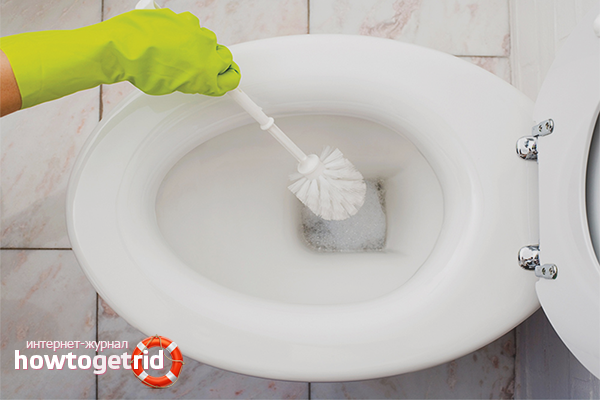
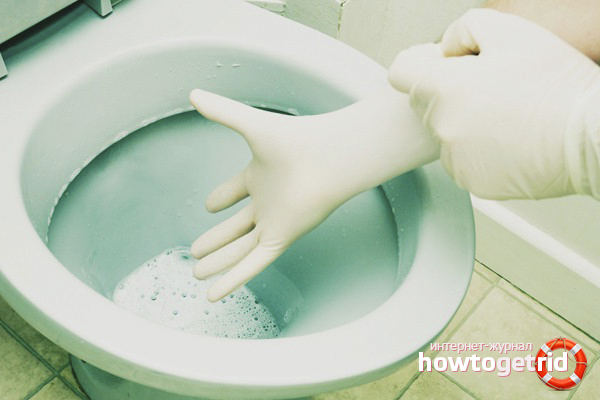
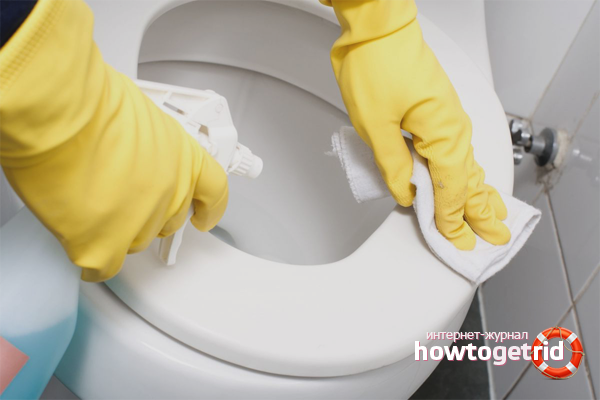
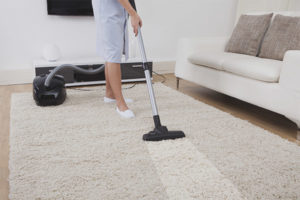

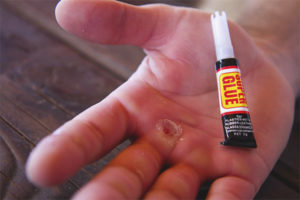

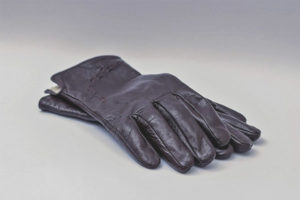


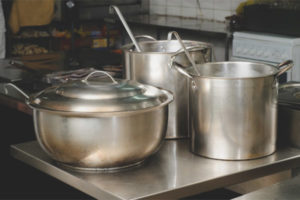
Submit